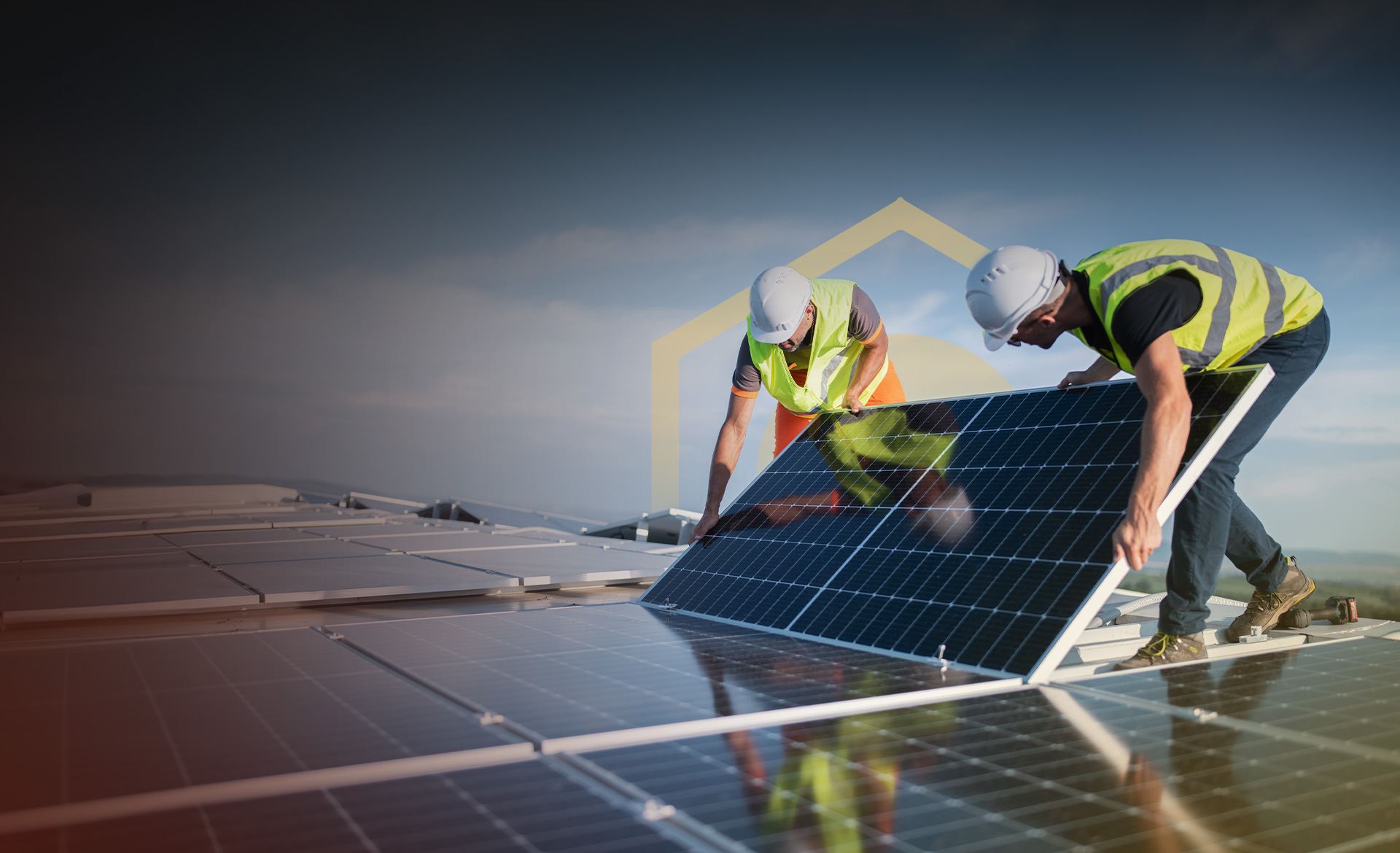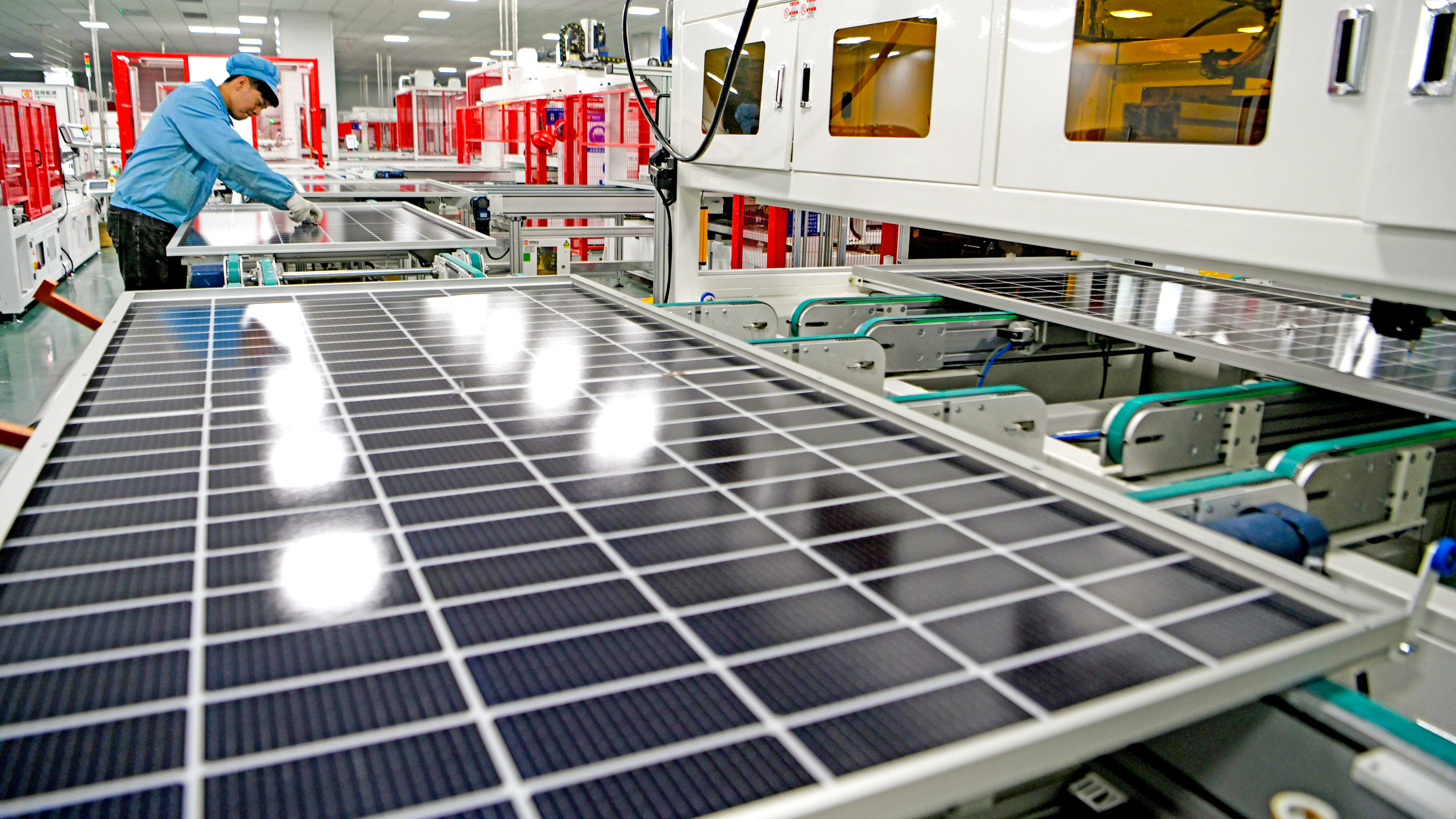The Basic Principles Of Solar Panel Company Virginia
The Basic Principles Of Solar Panel Company Virginia
Blog Article
Affordable Solar Panels Virginia: Lumina Solar Concentrates On Supplying Advanced Photovoltaic Solutions For Homes And Organizations
History and Establishing
Have you ever wondered how a solar panel business springs from a simple stimulate of motivation into a powerhouse of renewable energy? It often begins with a vision-- one fueled by a blend of development, determination, and a pinch of serendipity. The journey of lots of solar companies mirrors the evolution of the technology itself: from large, inefficient panels to sleek, high-efficiency marvels harnessing the sun's bounty.
The Early Days
In the late 20th century, when solar power was still a niche concept, pioneers planted seeds for what would end up being an international movement. Picture a small workshop filled with curious engineers, tirelessly exploring with solar batteries. Their enthusiasm was palpable, often driven by a desire to combat climate change and reduce dependence on fossil fuels.
One such anecdote is about a creator who, inspired by an outdoor camping journey, realized that even in remote locations, the sun might power necessary gadgets. This easy observation stimulated a business's objective to democratize access to clean energy.
Founding Concepts

- Innovation: Constantly pressing the boundaries of solar technology to improve performance and toughness.
- Sustainability: Devoting to environmentally friendly production and lowering carbon footprints.
- Ease of access: Making renewable resource services budget-friendly and useful for daily users.
Turning points in Development
| Year | Key Event |
|---|---|
| 1985 | Company established in a small garage, focusing on research study and advancement. |
| 1995 | Industrial solar panel product introduced, gaining regional attention. |
| 2005 | Expanded to worldwide markets, welcoming worldwide renewable resource goals. |
| 2015 | Presented innovative solar panel innovation with enhanced energy conversion. |
Isn't it interesting how these incremental steps, often neglected, form the energy landscape today? The photovoltaic panel business story is not almost technology; it's about a relentless mission for a brighter, cleaner future.

Innovations in Photovoltaic Panel Technologies
Ever observed how some photovoltaic panels gleam brighter and last longer? It's not magic; it's the science of photovoltaic performance. Modern photovoltaic panel companies invest greatly in innovations like bifacial cells, which catch sunlight website from both sides, enhancing energy harvest without broadening roofing system area. Have you ever wondered why some panels carry out much better on cloudy days? That is because of advances in thin-film solar technology, which grows under diffused light conditions.
Product Variations Customized to Special Needs
One size never fits all. Solar panel companies now offer:
- Monocrystalline panels for optimum efficiency and smooth looks, suitable for space-constrained roofs.
- Polycrystalline panels, which offer a cost-effective alternative without sacrificing excessive output.
- Building-integrated photovoltaics (BIPV), merging solar tech flawlessly into architectural aspects like windows and exteriors.
Picking the best item isn't practically upfront expense; it has to do with matching your environment, energy objectives, and long-lasting cost savings. For example, homes shaded by trees need panels that stand out in low-light scenarios, something numerous ignore up until energy expenses climb up suddenly.
Technical Tips for Optimum Choice
- Examine the temperature coefficient-- lower values indicate panels lose less efficiency on hot days.
- Try to find panels with enhanced anti-reflective finishes to take full advantage of light absorption.
- Consider the panel's service warranty not just for problems, however for guaranteed power output over decades.
- Do not undervalue the importance of the inverter innovation paired with the panels; it can make or break your system's efficiency.
Beyond Panels: Emerging Patterns
Think of solar panels that change their angle automatically to go after the sun-- tracking systems are becoming more available, increasing yield considerably. Or solar tiles that blend invisibly into your roofline, transforming your home into a quiet, self-dependent power generator. These innovations are reshaping what a photovoltaic panel company offers-- not just products, but integrated energy solutions.
Market Presence and Global Operations
Ever wonder why some photovoltaic panel companies appear to sprout up in every corner of the globe while others hardly make a ripple? The distinction lies not simply in technology but in mastering the art of navigating diverse markets. Expanding internationally resembles planting seeds in different climates-- you should understand each environment's unique conditions to grow.
Take, for instance, the elaborate dance of logistics and supply chain management. Shipping panels halfway throughout the world isn't almost distance; it has to do with timing, custom-mades, tariffs, and adjusting to local demand fluctuations. A business with robust global operations prepares for these variables, guaranteeing panels show up on schedule without inflating expenses. This foresight is no small task and frequently separates market leaders from fans.
Key Strategies for Expanding Market Presence
- Localized manufacturing: Developing production hubs near target markets reduces shipping hold-ups and import intricacies.
- Strategic collaborations: Teaming up with regional companies speeds up market penetration and builds trust.
- Adaptive product design: Customizing solar panel tech to weather, sun intensity, and infrastructure nuances enhances performance and acceptance.
What about the human element? Solar panel business operating globally need to fix up cultural differences and regulative nuances without forgeting their core mission. What works in a sun-drenched desert may fail in a humid coastal area. In some cases, the most ingenious service is just listening-- taking in local insights to improve innovation and approach.
Professionals frequently recommend a phased rollout rather than a shotgun expansion. Why risk overextension when measured growth constructs sustainable momentum? Scaling sensibly suggests balancing ambition with operational resilience - Solar Panel Company Virginia. After all, in the race for sustainable energy dominance, persistence can be as important as speed
Environmental Impact and Sustainability Practices
When solar panels first emerged, lots of presumed they brought absolutely no ecological luggage. Nevertheless, the reality is more nuanced. The production of solar batteries includes uncommon earth metals and energy-intensive processes, which can leave a substantial carbon footprint before the panels even reach roofs. The true environmental cost depends greatly on the sustainability practices used by the photovoltaic panel business throughout the lifecycle of their products.
How often do we pause to consider what happens to photovoltaic panels at the end of their helpful life? Unlike batteries or electronic devices, photovoltaic panels can last 25-30 years, but disposal and recycling pathways remain underdeveloped in numerous regions. A business devoted to reducing ecological damage will have a robust prepare for recycling photovoltaic products, salvaging valuable silicon, glass, and metals to prevent garbage dump build-up.
Secret Sustainability Techniques
- Making use of low-impact production strategies that lessen water and energy intake.
- Executing closed-loop systems to recycle production waste back into brand-new panels.
- Participating in transparent supply chain audits to make sure ethical sourcing of raw materials.
- Creating panels for easier disassembly to assist future recycling efforts.
It's worth noting that some solar business have pioneered innovative techniques, such as integrating naturally degradable elements or utilizing less harmful chemicals during fabrication. This not just lowers environmental stress but also sets a precedent for the market. The concern remains: can the solar industry really pivot towards a circular economy design without compromising efficiency or price?
Professional Tips for Evaluating Sustainability
- Ask about the company's dedication to carbon-neutral production and whether they offset emissions.
- Investigate if they partner with accredited recycling centers dedicated to photovoltaic panel waste.
- Look for openness reports detailing environmental impacts and sustainability goals.
- Think about the longevity and guarantee of panels as an indirect step of resource performance.
In the end, deciding for solar energy should mean more than just slashing electrical power expenses; it's about supporting a future where energy is gathered properly and waste is thoughtfully managed. Photovoltaic panel business that welcome this approach not just brighten homes but likewise cast a brighter light on sustainable innovation.
Report this page